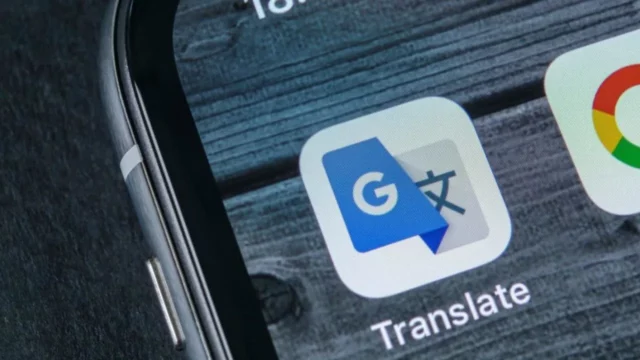The global adventure of the Xiaomi 14 series, which was showcased in China in October last year, is about to begin. However, recent reports reveal that there is an important detail here. If the claims reflect reality, the Chinese brand may not bring a member of the series to the global market.
Will Xiaomi 14 Pro not come global? – Xiaomi 14 launch date
The date for the Xiaomi 14 series and the highly anticipated 14 Ultra was given recently. Accordingly, the phones will be introduced on February 25, one day before MWC 2024, which will be held between February 26 and 29. However, according to information from sources close to the company, we will not see the 14 Pro at this global event.

With a last-minute decision change, Xiaomi may have wanted to offer 14 Ultra to users instead of 14 Pro. As is known, many leaks have emerged about the phone recently, and there were many rumors that it would be introduced at MWC 2024.
The Xiaomi 14 Ultra model will include a single-point ultrasonic fingerprint sensor. It is stated that this technology, which the Chinese company is working on, is more sensitive and secure than the optical fingerprint reader used in current flagship models.
There will be a 1-inch main camera on the smartphone. This sensor will appear as an optimized version of IMX9898 found in Xiaomi 13 Ultra, Xiaomi 12S Ultra, and Xiaomi 13 Pro.
As seen above, the 1-inch camera, which has been available for several generations in Xiaomi’s Ultra models, will also be used in the 14 Ultra. In addition, the main camera will be accompanied by three auxiliary sensors with a resolution of 50 Megapixels. Apart from this, the device is expected to have a 5,500 mAh battery.
Qualcomm Snapdragon 8 Gen 3 will be used on the smartphone. Qualcomm continues to cooperate with TSMC for its new processor. The processor, produced with 4 nm technology, has 1 3.3 GHz ARM Cortex-X4, 3 3.2 GHz ARM Cortex-A720, 2 3.0 GHz ARM Cortex-A720, and 2 2.3 GHz ARM Cortex-A520 cores. At the same time, the company includes the Adreno 750 graphics unit with Ray Tracing support in its new chip.













